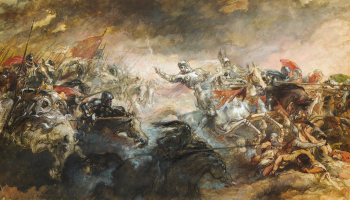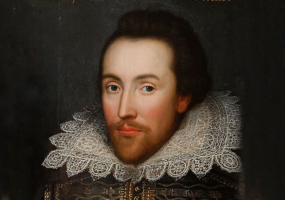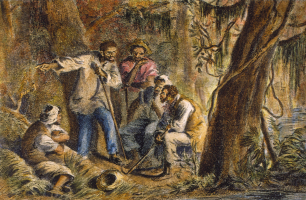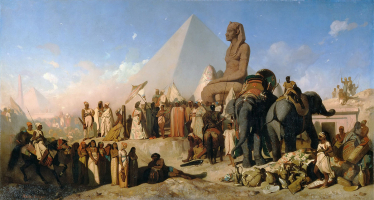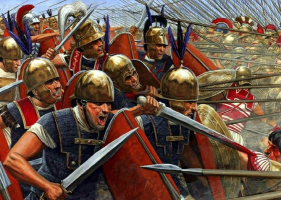Top 10 History's Most Forgotten Scientific Geniuses
We've all spent our entire lives reading about the greatest mathematicians and scientists in history, including Pythagoras, Archimedes, Marie Curie, Einstein, ... read more...Newton, and others. These names are remembered throughout history not only for the significance of their inventions and discoveries, but also for fundamentally influencing how we as a society perceive the world. The names of numerous additional scientific geniuses, however, who were omitted from history books for various reasons, are not included among them. Others, like Brahmagupta, existed so long ago that we've just kind of forgotten about them, while some of them, like Pierre Louis Maupertuis, became overshadowed and by their more powerful opponents. However, each of them contributed just as much, if not more, to the field of science than the individuals we highlighted before.
-
Al-Khwarizmi, another well-known individual from the Islamic Golden Age, is mostly unknown to us now despite having made some of the most important scientific discoveries. Despite the fact that his name continues to be associated with modern mathematics in more ways than one—the word "algorithm" is derived from his then-Latinized name and "algebra" from one of his works.
Born in the year 780, Khwarizmi performed the most of his scientific work directly under the direction of the caliph in Baghdad. Khwarazm is currently a part of Uzbekistan and Turkmenistan. He was in charge of creating the 10-digit Hindu-Arabic numeral system, which is the one we all use today. His book on elementary algebra was the first work in the field of mathematics to specify solutions to equations based on geometrical ideas, and it served as the foundation for nearly all modern advanced scientific and math fields.
Born: c. 780
Died: After 847 (aged c. 70)Notable ideas: Treatises on algebra and Hindu–Arabic numeral system

https://www.thoughtco.com 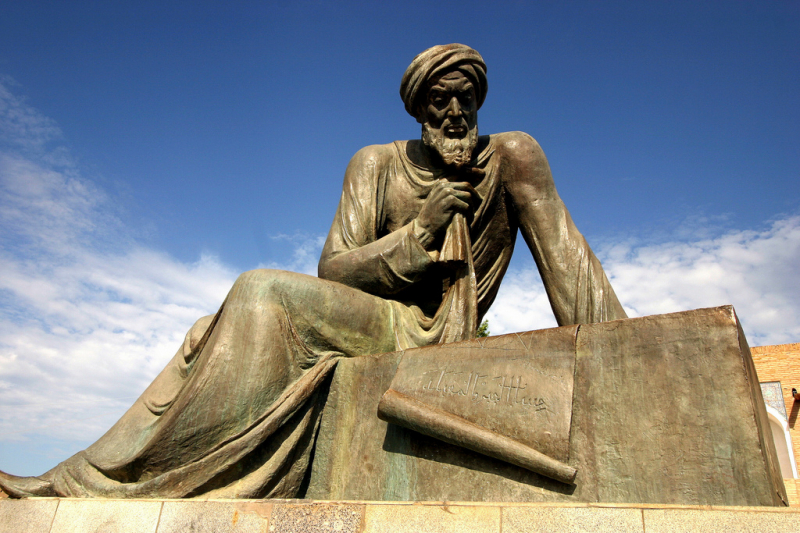
https://www.alrahalah.com -
In the minds of many, Ancient Greece and Rome are the main characters in the history of early mathematics. The early techniques for arithmetic and geometry that we all use today were developed by Indian mathematicians, nevertheless. One such example is the 10-digit place-value system of numbers, which was initially created by the Indians and later improved by the Arabs during the Golden Age of Islam.
A scientist, mathematician, astronomer, and philosopher by the name of Brahmagupta invented the number "0," which is arguably the most significant contribution made by an Indian to mathematics. Prior to him, numerous individuals from other civilizations had unsuccessfully attempted to fill in the missing zero in their own ways. For the first time, Brahmagupta's work specified the qualities of what is now known as the number zero, resolving several complications that had plagued calculations up to that point.
This would have a significant influence on scientists and mathematicians in the Arabic and Byzantine, and later Renaissance, who would expand on Brahmagupta's work and shape mathematics as we know it today.Born: c. 598 CEBhillamala, Gurjaradesa, Chavda kingdom(modern day Bhinmal, Rajasthan, India)
Died: c. 668 CE (aged c. 69–70)Ujjain, Chalukya Empire(modern day Madhya Pradesh, India)Known for: Rules for computing with Zero, Modern number system, Brahmagupta's theorem, Brahmagupta's identity, Brahmagupta's problem, Brahmagupta–Fibonacci identity, Brahmagupta's interpolation formula, Brahmagupta's formula

https://www.thefamouspeople.com/ -
In many scientific domains, the identification of the real structure of the DNA molecule was a major finding. It is frequently attributed to two scientists by the names of Jim Watson and Francis Crick, and this is also true.
Watson and Crick, as they have come to be called throughout the years, were the pioneers in defining the chemical and biological structure of the DNA molecule when they were working at Cambridge. They shared the 1962 Nobel Prize in Physiology or Medicine for the discovery with Maurice Wilkins of King's University, who created the first in-depth image of the molecule.
Rosalind Franklin, a talented scientist and maybe one of the top X-ray crystallographers in Britain during the early post-World War II era, is curiously absent from that list. The first X-ray image of the DNA was captured by Franklin and one of her pupils, and it was this image that served as the direct inspiration for Wilkins', Watson's, and Crick's further studies on the issue. Rosalind largely lay the foundation for the discovery, and it is commonly considered that she would have been included in the Nobel Prize had she been alive. Unfortunately, she passed suddenly in 1958.
Born: Rosalind Elsie Franklin, 25 July 1920Notting Hill, London, England
Died: 16 April 1958 (aged 37)Chelsea, London, EnglandKnown for: Structure of DNA, Fine structure of coal and graphite, Structures of viruses
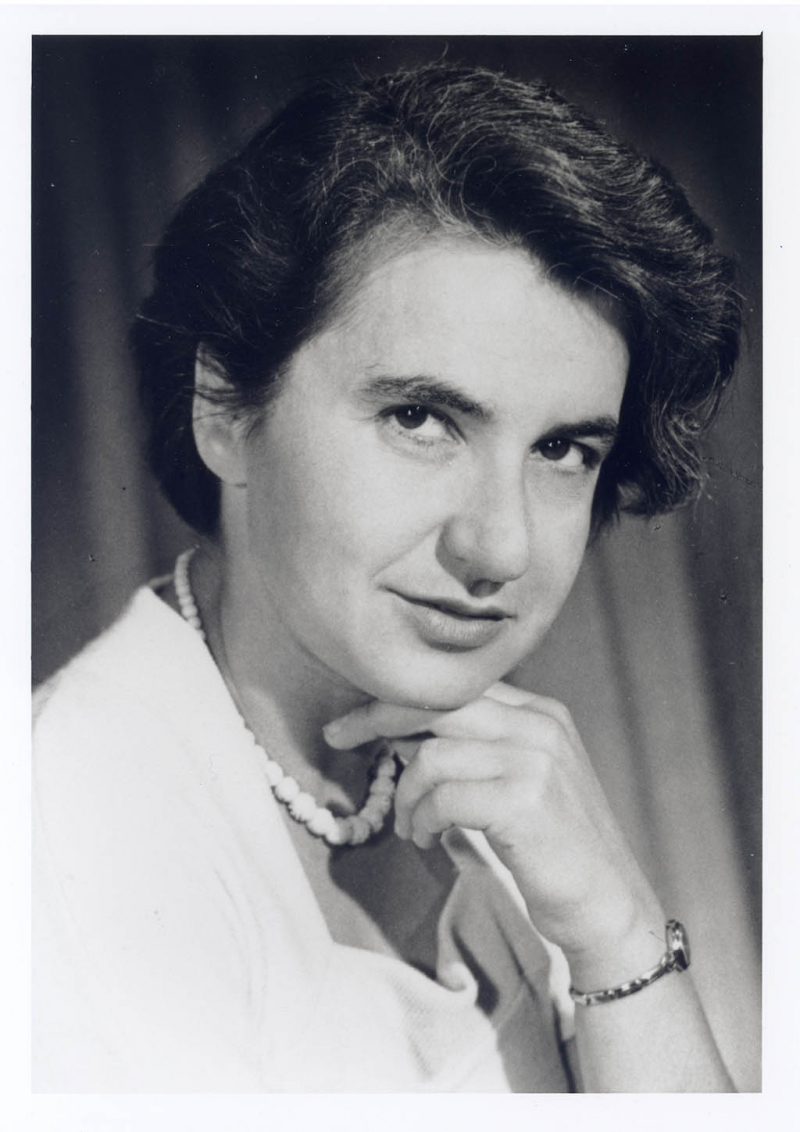
http://sciencesoup.tumblr.com 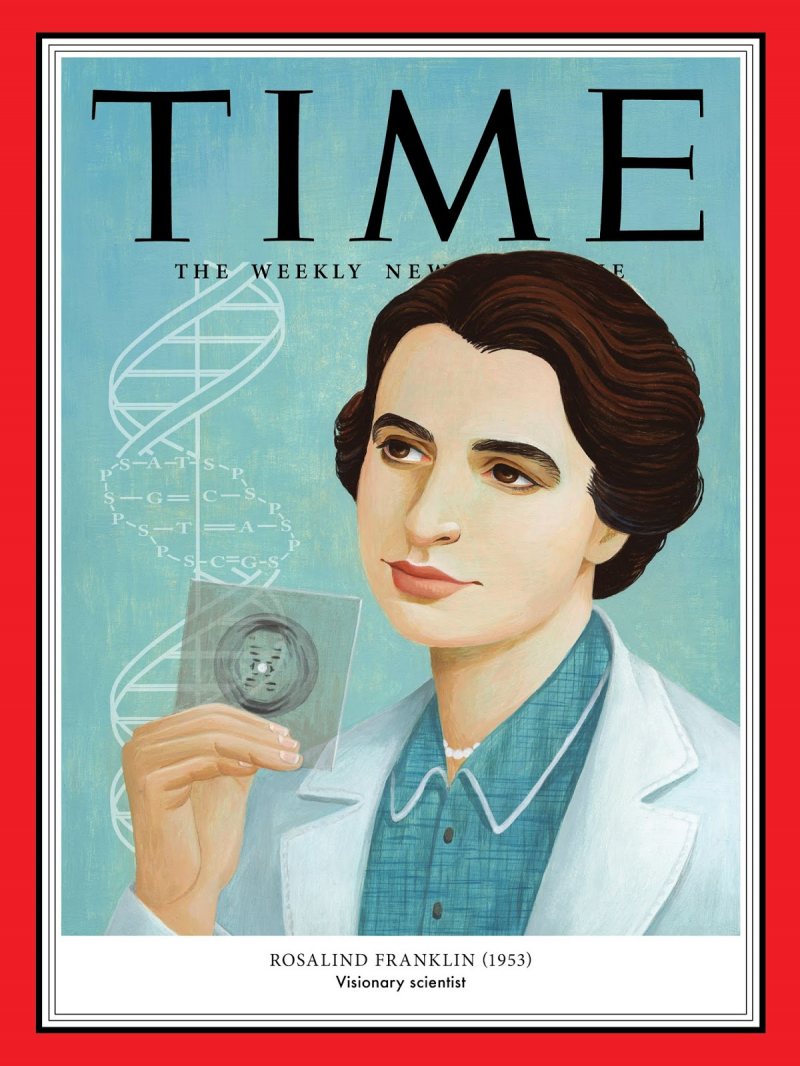
https://gsouto-digitalteacher.blogspot.com/ -
Subrahmanyan Chandrasekhar was an Indian-born American physicist and mathematician who made significant contributions to a wide range of disciplines, including ballistics, hydrodynamics, astrophysics, and quantum mechanics. His work on the evolution of stars, however, has to be his greatest contribution to science.
It was a widely held belief in the 1930s that stars would all collapse under their own weight and evolve into white dwarf stars when they converted all of their hydrogen to helium. Chandrashekhar established that a star's ability to die actually depends on its mass. Stars heavier than 1.44 times the mass of the sun, or what is now known as the Chandrashekhar limit, do not become white dwarfs but instead continue to collapse, erupt in a supernova explosion, and ultimately become neutron stars.
Born: 19 October 1910Lahore, Punjab, British India (present-day Punjab, Pakistan)
Died: 21 August 1995 (aged 84)Chicago, Illinois, U.S.Known for: Chandrasekhar limit, Chandrasekhar number, Chandrasekhar friction, Chandrasekhar–Kendall function, Chandrasekhar's H-function, Emden–Chandrasekhar equation, Chandrasekhar–Fermi method, CFS instability, Chandrasekhar–Page equations, Kramers–Chandrasekhar equation, Chandrasekhar tensor, Chandrasekhar virial equations, Batchelor–Chandrasekhar equation, Schönberg–Chandrasekhar limit, Chandrasekhar's white dwarf equation, Chandrasekhar polarization, Chandrasekhar's X- and Y-function, Discrete Ordinates Method, Others in list form
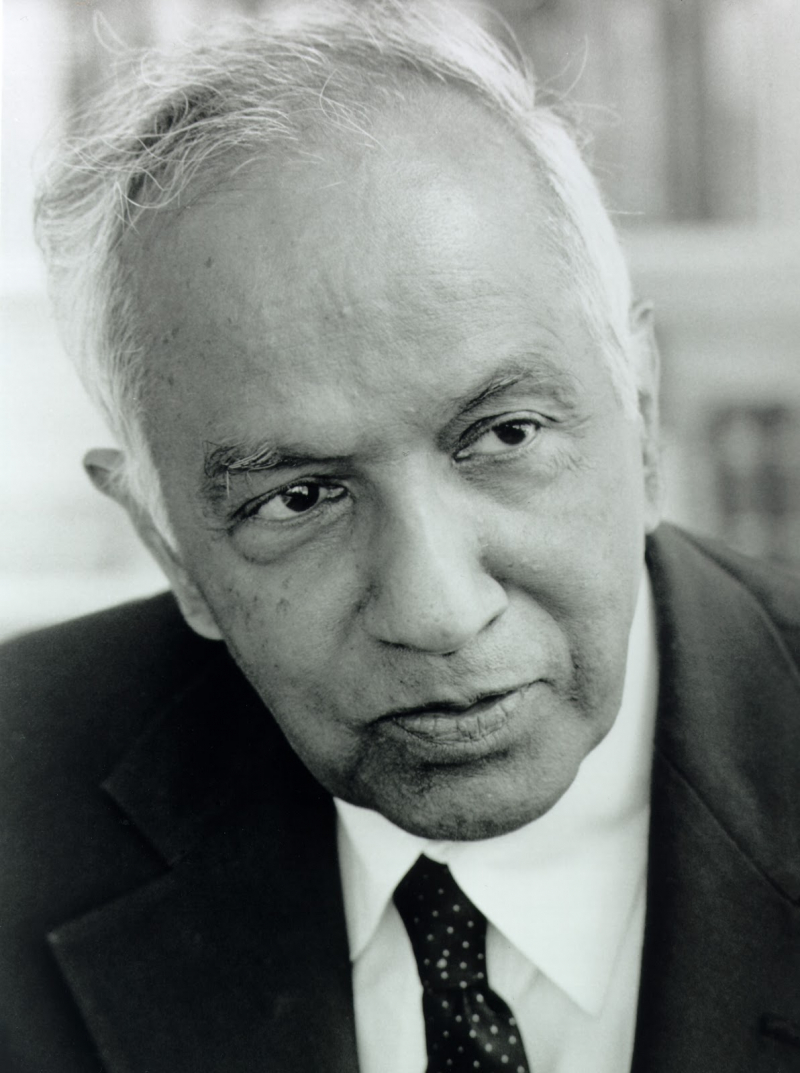
https://tetrahedral.blogspot.com/ 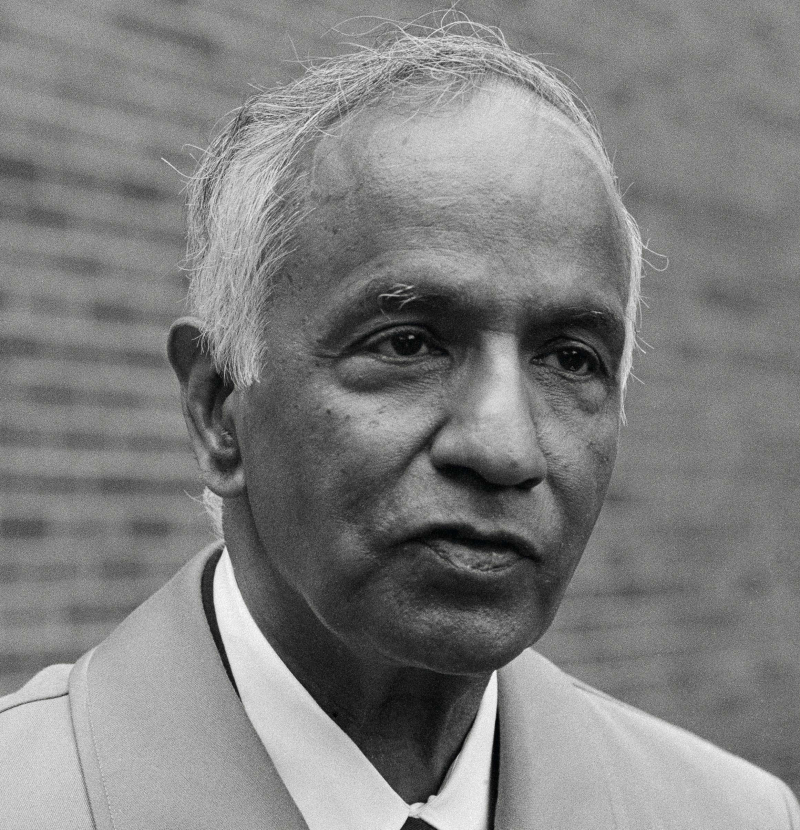
https://pocketmags.com/ -
Emmy Noether, in contrast to most people you'd probably encounter, has a lifetime passion for mathematics. Even though nearly none of us have ever heard of her, she was one of the most talented mathematicians of the 20th century. Her greatest accomplishment was developing a theorem based on Einstein's theory of relativity that is still frequently used today.
According to the now-famous Noether's Theorem, every symmetrical system in nature is protected against change by conservation rules. The theorem, which was established in 1915, the same year that Einstein debuted his general theory of relativity, may be obscure to the majority of us, but it is today a crucial idea in theoretical physics. Einstein once referred to her as the "most significant creative mathematical genius thus far generated" because of the significance of her work.
Born: Amalie Emmy Noether, 23 March 1882Erlangen, Bavaria, German Empire
Died: 14 April 1935 (aged 53)Bryn Mawr, Pennsylvania, United StatesKnown for: Abstract algebra, Theoretical physics, Noether's theorem, Noetherian ring, Lasker–Noether theorem
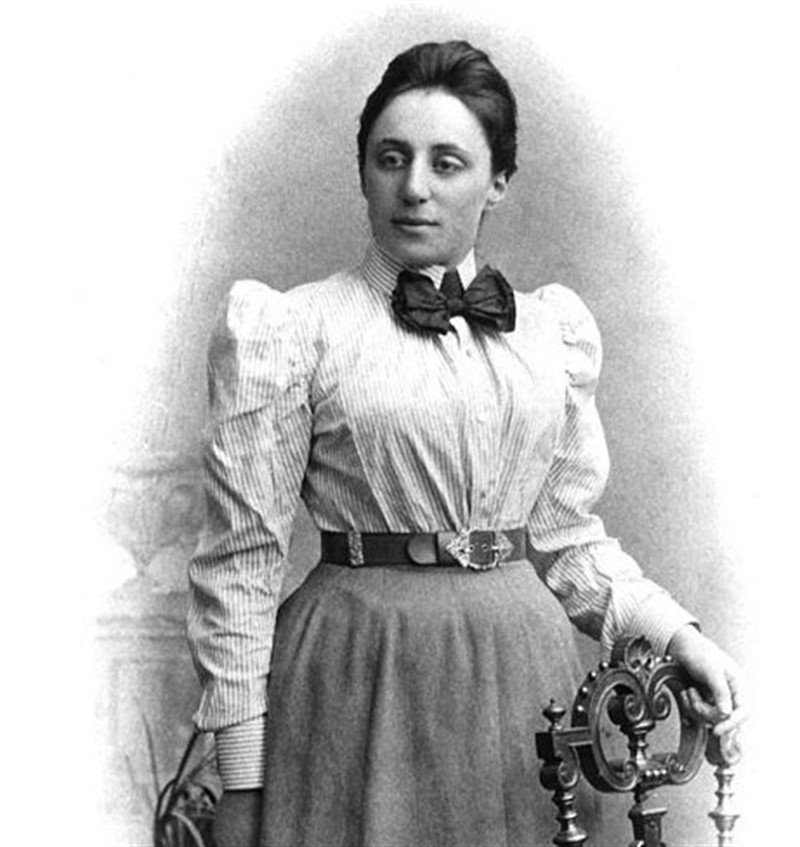
https://www.blogodisea.com/ -
Esther Lederberg is a name that, while most of us may not be familiar with, is undoubtedly known to everyone who works in the microbiology industry. The understanding of viruses and bacteria has changed as a result of her work in genetics and cellular biology, and many of the lab techniques she established are still in use today.
The most significant achievement of all of her contributions to biology—and there are far too many to list—was the discovery of the lambda phage in 1951, a class of parasitic virus that attacks bacteria. Prior to that, phages were solely recognized as dangerous parasites that destroy bacteria, but the Lambda phage had the ability to embed itself in its host's DNA and remain there indefinitely without harming the host.
The lambda phage has subsequently been used as a model to comprehend viruses and bacteria. It was a crucial discovery. Esther Lederberg laid the foundation for contemporary molecular biology, opening the door for other disciplines like genetic engineering, despite frequently being overlooked by her husband Joshua Lederberg, a brilliant scientist in his own right.
Born: Esther Miriam Zimmer, December 18, 1922Bronx, New York, U.S.
Died: November 11, 2006 (aged 83)Stanford, California, U.S.Known for: Lambda phage, specialized transduction, replica plating, fertility factor F, Plasmid Reference Center
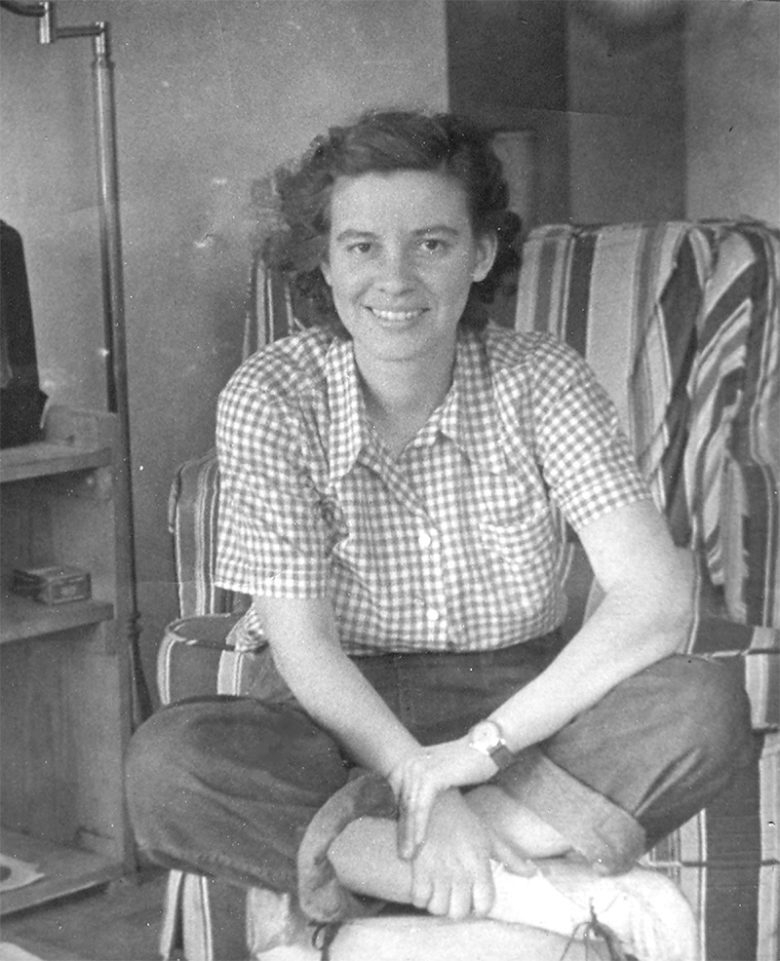
https://mujeresconciencia.com/ 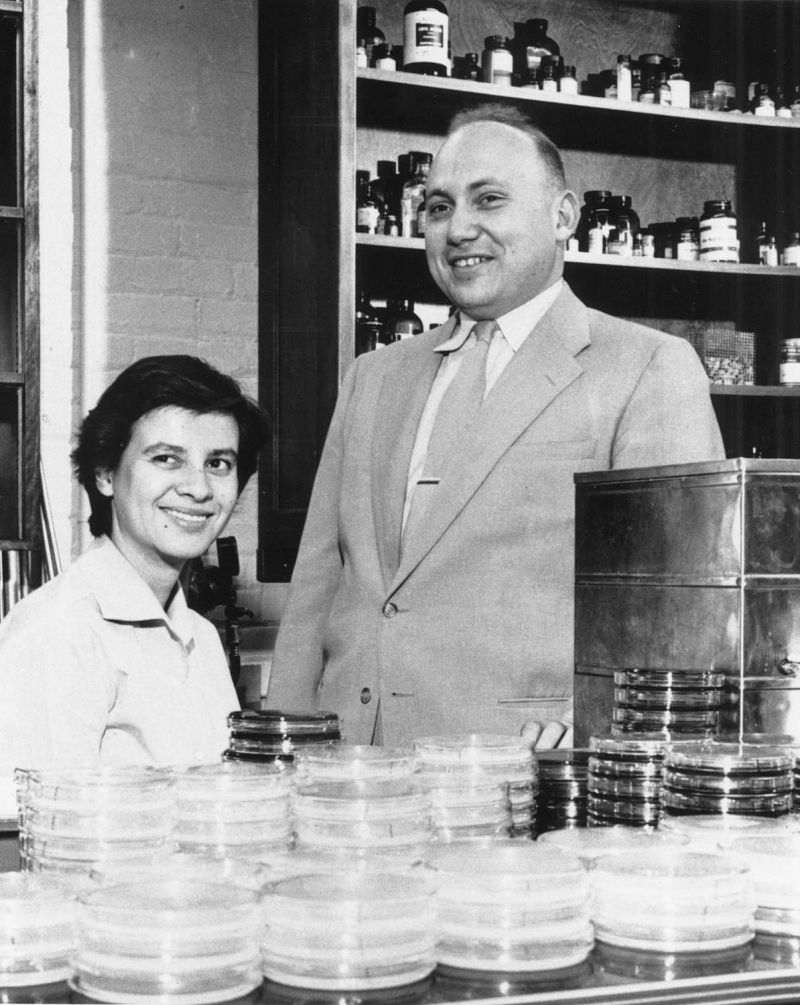
https://2019.igem.org/ -
A scientist of African descent named Julian was born in Montgomery, Alabama, in 1899. Due to Montgomery's segregated high schools at the time, he could not finish his education because he lived during this time.
Julian was a talented student throughout his life despite the many obstacles he encountered, notably in chemistry. He never completed the 10th grade, but he was nonetheless accepted to Indiana's DePauw University. He would later pursue studies at some of the most esteemed institutions in the world, including Harvard and the University of Vienna.
Even though he missed out on a number of possibilities because of his race, Julian's work on creating different chemicals from plants would still have a significant impact on the globe. His method of creating beneficial chemicals from soybeans resulted in the development of Aer-O-Foam, which would ultimately save many lives during World War 2.
Born: April 11, 1899Montgomery, Alabama, U.S.
Died: April 19, 1975 (aged 76)Waukegan, Illinois, U.S.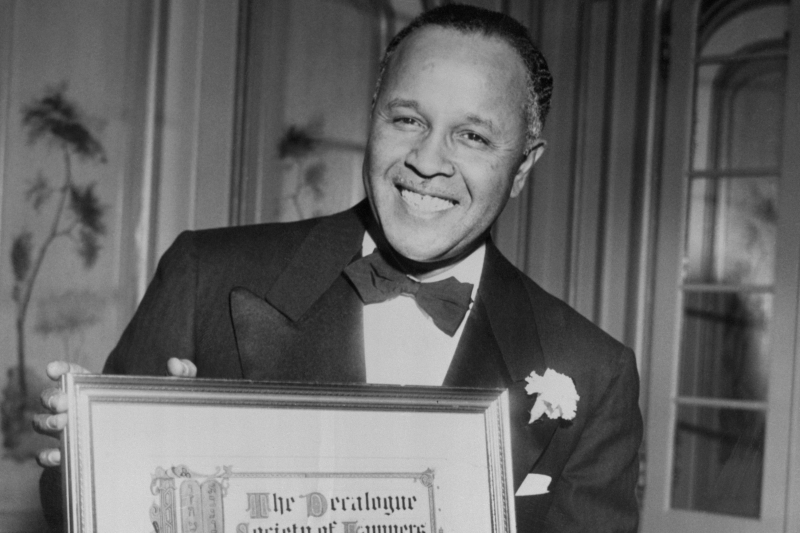
https://www.thoughtco.com/ 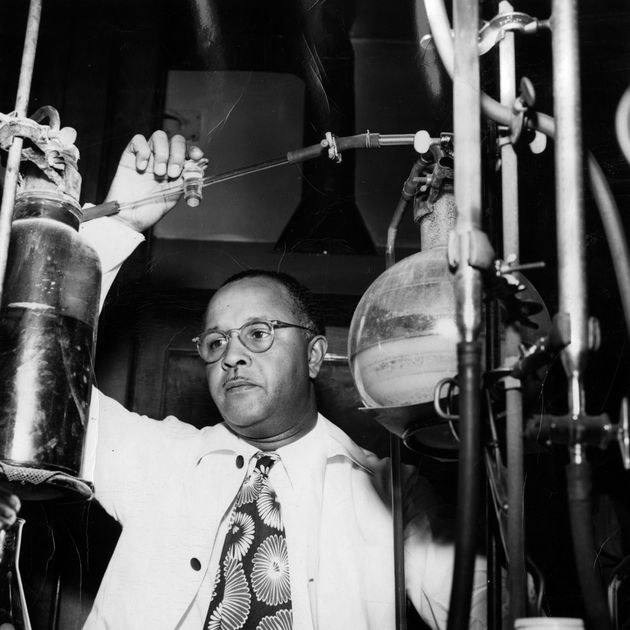
https://www.orlandosentinel.com/ -
The early 19th century saw a boom in nuclear physics, but not for any prospective military uses—though that may have been one of them—but rather to better comprehend the atomic structure. Many scientists and researchers at the period made significant, paradigm-shifting contributions to the discipline on a global scale, but we mainly pay attention to the well-known ones like Marie Curie and Niels Bohr.
Scientist Lise Meitner, who was of Swedish ancestry and Austrian birth, was one of them. In 1917, she and Otto Hahn, a pioneer in nuclear chemistry, discovered Protactinium, a brand-new element. However, the discovery that some radioactive materials decay and lose some of their mass over time, releasing enormous amounts of energy in the process, was her greatest contribution to science. She had stumbled upon the nuclear fission phenomenon, which had completely altered science and combat. Otto Hahn, however, was awarded the Nobel Prize for the discovery in 1944, a choice that is still disputed by the majority of scientists.
Meitner had the unfortunate circumstance of being a Jewish physicist living in Berlin at the time Adolf Hitler rose to power. Even though the Nazis were particularly determined to prevent Jewish scientists from escaping, she was able to board a train out of Germany in 1938 and spent the remainder of her days in Sweden before passing away in 1968.Born: Elise Meitner, 7 November 1878Vienna, Austria-Hungary
Died: 27 October 1968 (aged 89)Cambridge, EnglandKnown for: Discovery of protactinium, Discovery of nuclear fission, Auger–Meitner effect, Meitner–Hupfeld effect
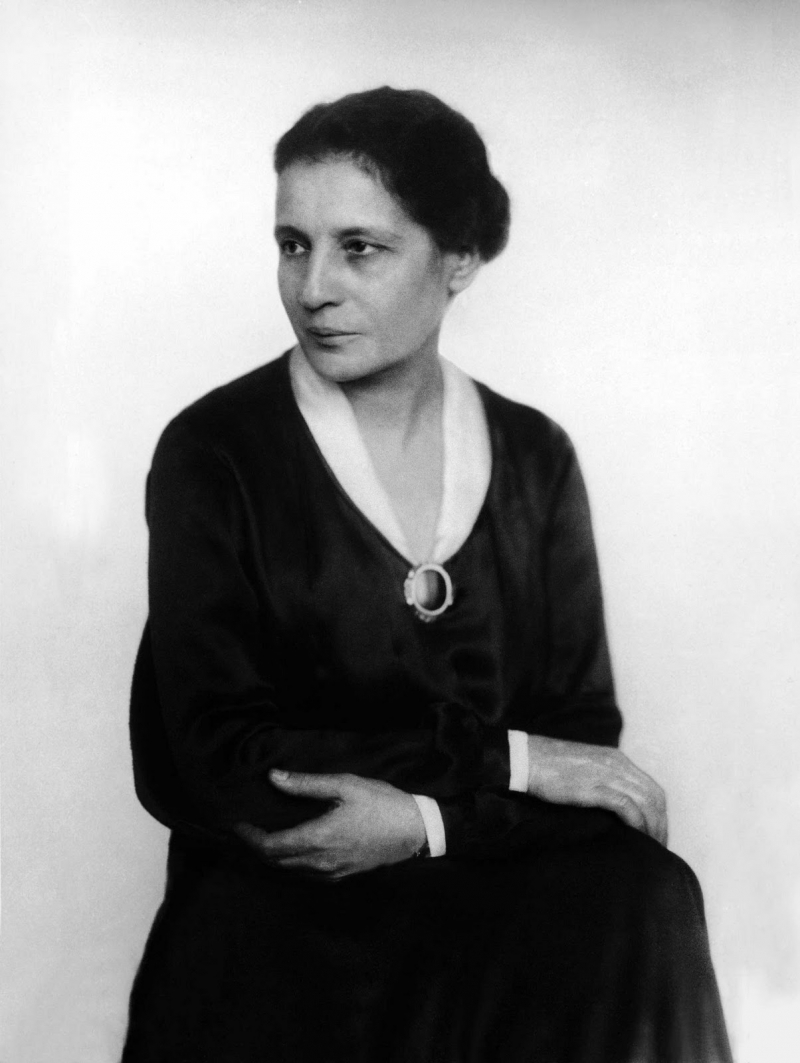
http://pictureorphoto.blogspot.com/ 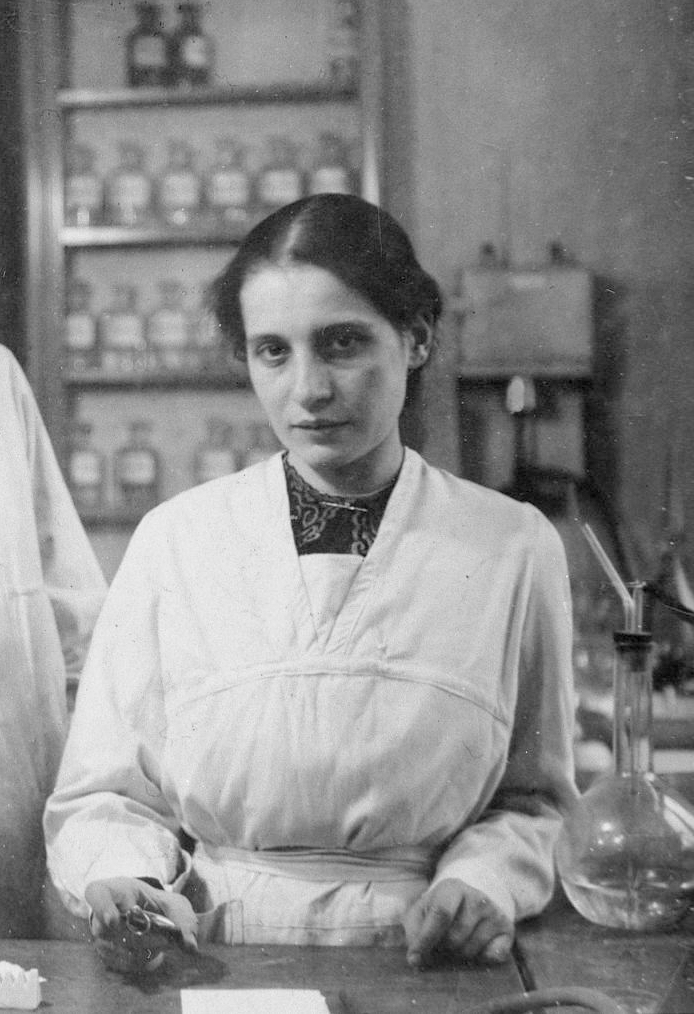
https://garadinervi.tumblr.com/ -
The 13th-century English scientist and philosopher Roger Bacon is frequently credited with creating the modern scientific method. While he undoubtedly played a crucial part in popularizing the idea among European intellectuals, he wasn't the first or even the second person to think of it. Ibn Al-Haytham, an Islamic polymath, created the scientific method more than two centuries earlier, which is the activity of speculating, observing, conducting experiments, and peer evaluating any scientific conclusion to assess its veracity.
Haytham might as well be one of history's most significant scientists because he was born in the 10th century at the height of the Golden Age of Islam, a period of nearly five centuries marked by enormous cultural, economic, and scientific advancement in the Islamic world. He was the first to apply the scientific method to validate his findings, and many other scientists of the time quickly adopted it.
But that's not all; he also contributed significantly to the realms of optics and medicine. For instance, he was the first scientist to recognize that external sources of light, not the light created by our eyes, which was a commonly held idea at the time, are what cause vision.Born: c. 965 (c. 354 AH) Basra, Buyid Emirate
Died: c. 1040 (c. 430 AH) (aged around 75)Cairo, Fatimid Caliphate
Known for: Book of Optics, Doubts Concerning Ptolemy, Alhazen's problem, analysis, Catoptrics, horopter, intromission theory of visual perception, moon illusion, experimental science, scientific methodology, animal psychology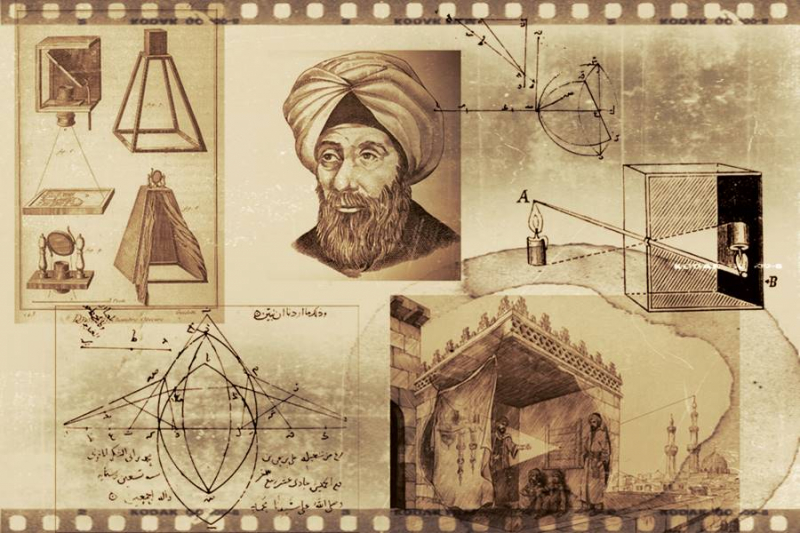
https://independentpress.cc/ 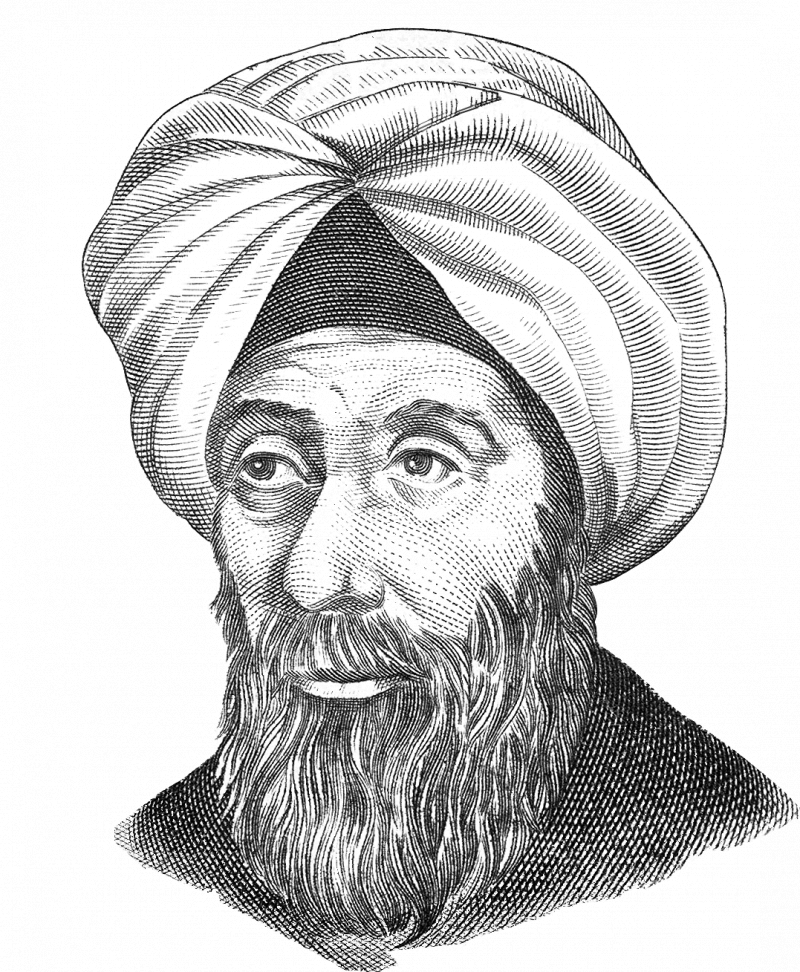
https://losmundosdebrana.com -
Counting all of Pierre Louis Moreau De Maupertuis' accomplishments would likely keep us here for some time. Maupertuis, a remarkable mathematician, biologist, geneticist, philosopher, and physicist, was born in France in 1759. He was a strong supporter of Newtonian physics and was invited to move to Berlin by King Frederick II as a result of his discovery that the Earth is actually an oblate spheroid rather than a sphere. He also made significant contributions to the domains of genetics and evolution.
The "principle of least action," however, was his greatest contribution to science. Simply expressed, it is the idea that any system, such a car driving from point A to point B, will utilize the least amount of energy possible given a fixed length of time. Although most of us may not understand it very well, the idea is now a crucial component of many important fields of study, including theoretical mathematics, quantum mechanics, fluid mechanics, and particle physics.
Unfortunately for Maupertuis, Voltaire, who was at the time one of the most prominent persons in Berlin, was also the principle's loudest critic. According to some reports, Maupertuis was compelled to leave Berlin in 1753 as a result of his harsh, frequently public criticism of the concept, which is now considered one of the cornerstones of physics.Born: 1698Saint-Malo, France
Died; 27 July 1759 (aged 60)Basel, Switzerland
Known for: Principle of least action, precursor of transmutation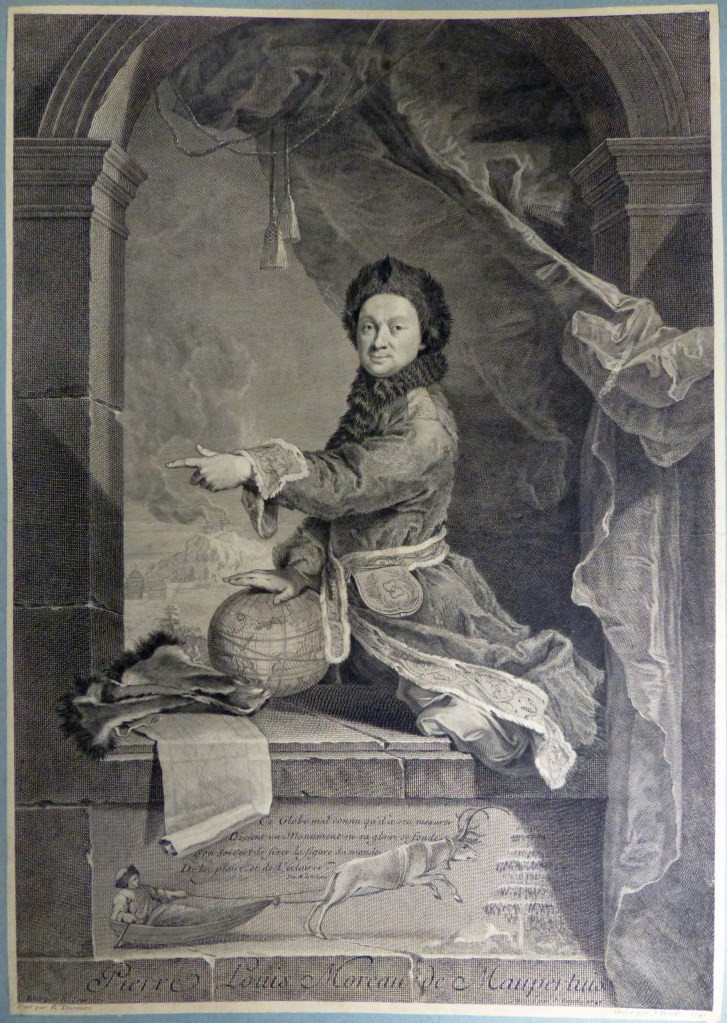
http://collections.mbaq.fr 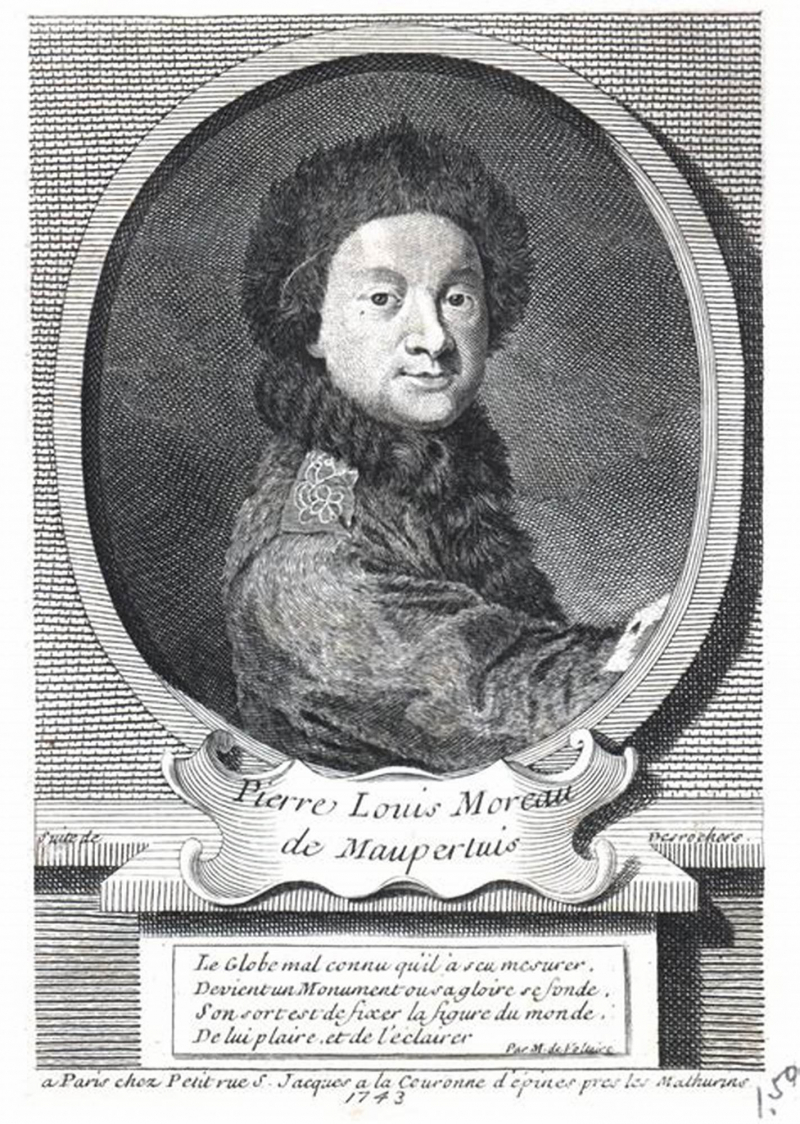
https://library.si.edu/












